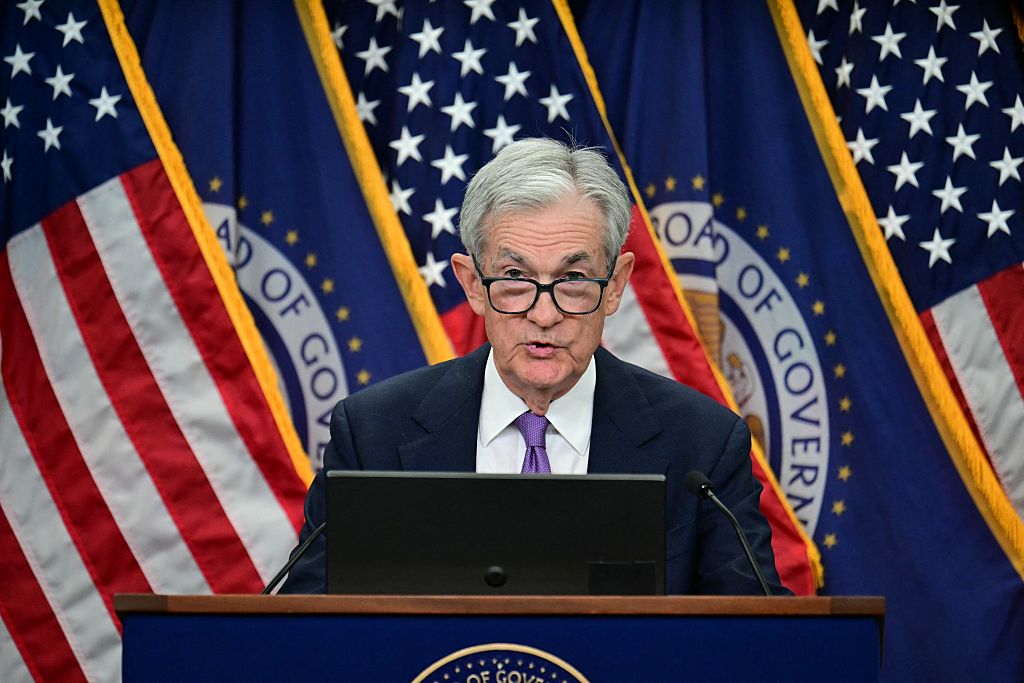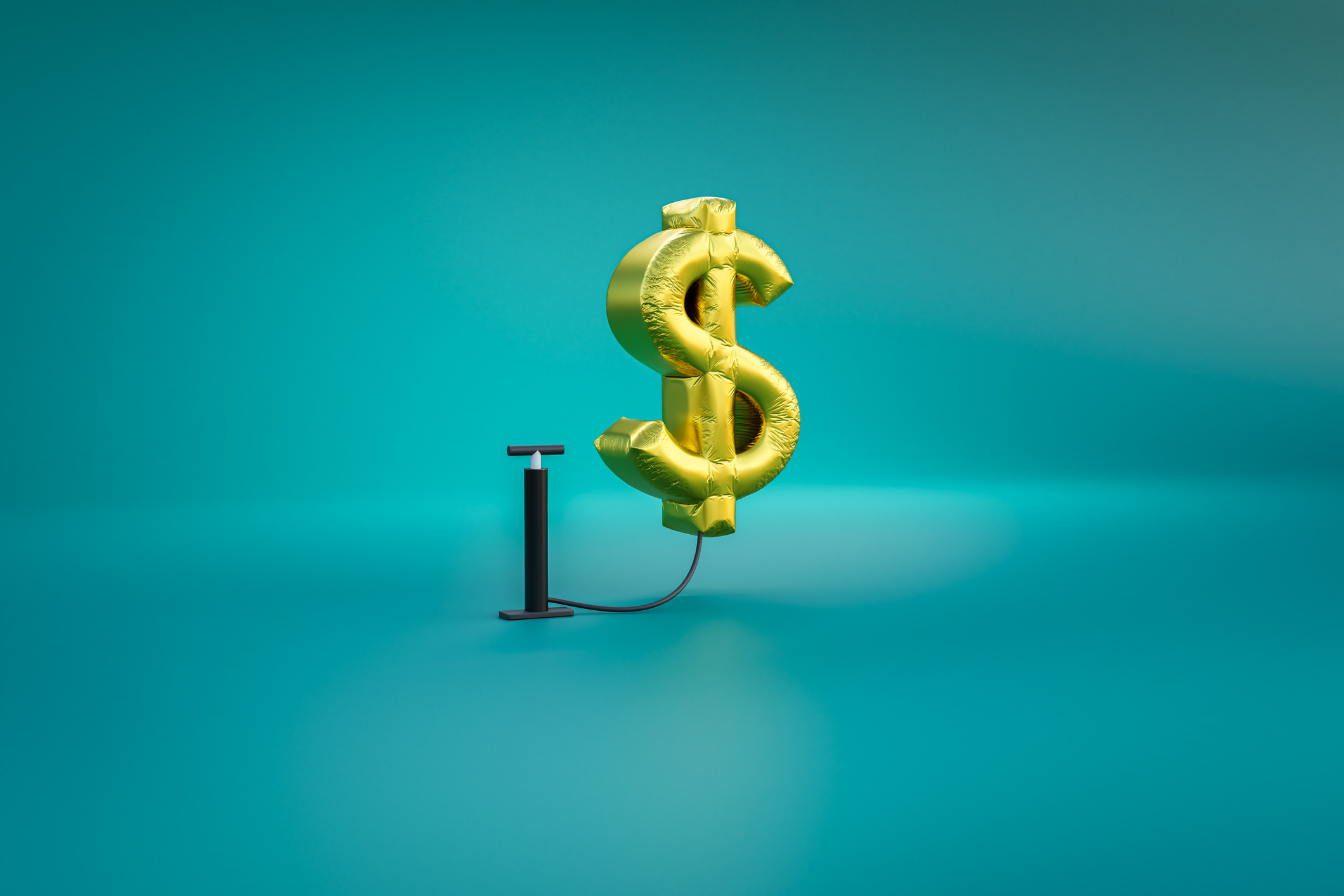3 Funds Offering Extra Yield From Foreign Bonds
Central bank actions have made overseas debt more appealing, but watch out for the effect of exchange rates.

Shooting for extra income? It can pay to venture offshore. Yields on bonds issued by foreign governments and companies often beat comparable U.S. rates. Moreover, central banks in Europe and Japan recently cut interest rates, while the Federal Reserve has embarked, gingerly, on the opposite path. Such divergences can make foreign bonds a better bet than U.S. bonds, which stand to lose value if rates continue to increase at home.
Earnings for All
- Bank Accounts: 1%-4%
- Municipal Bonds: 1%-3%
- Investment-Grade Bonds: 3%-5%
- Real-Estate Investment Trusts: 2%-6%
- Preferred Stocks: 4%-7%
- Closed-End Funds: 5%-11%
- High-Yield Bonds: 6%-8%
- Master Limited Partnerships: 5%-11%
Risks to your money. Swings in foreign currencies may be tough to overcome. If the dollar were to resume its ascent, bonds based in other currencies would likely slump. Moreover, even dollar-based foreign debt could slide if local economic conditions decline or interest rates climb. Companies and governments may also have a tougher time repaying their debts if the dollar gains value (making their local currencies worth less and hiking their interest costs).
Hire a pro. T. Rowe Price Global Multi-Sector Bond (PRSNX, 3.7%) holds half of its assets in foreign bonds, ranging from Canadian government debt to securities issued by companies such as Deutsche Bank and Schlumberger. At last word, 47% of the fund’s assets carried junk ratings or were unrated. That bumps up its yield but could magnify losses. Kiplinger 25 member Fidelity New Markets Income (FNMIX, 6.4%) keeps nearly all its assets in dollar-based securities, with 60% at last report in government bonds and 30% in corporate debt (the rest is in cash and stock ETFs). Also compelling is iShares J.P. Morgan USD Emerging Bond ETF (EMB, $110, 4.8%), which mainly holds government bonds issued in dollars. Emerging markets are highly volatile, though, and this fund, a member of the Kiplinger ETF 20, could hit some lengthy rough patches. (All prices and returns are as of March 31.)
From just $107.88 $24.99 for Kiplinger Personal Finance
Become a smarter, better informed investor. Subscribe from just $107.88 $24.99, plus get up to 4 Special Issues

Sign up for Kiplinger’s Free Newsletters
Profit and prosper with the best of expert advice on investing, taxes, retirement, personal finance and more - straight to your e-mail.
Profit and prosper with the best of expert advice - straight to your e-mail.
Next: Preferred Stocks to Earn 4% - 7%
Profit and prosper with the best of Kiplinger's advice on investing, taxes, retirement, personal finance and much more. Delivered daily. Enter your email in the box and click Sign Me Up.

-
 Your Guide to Buying Art Online
Your Guide to Buying Art OnlineFrom virtual galleries to social media platforms, the internet offers plenty of places to shop for paintings, sculptures and other artwork without breaking the bank.
-
 Samsung Galaxy S25 Ultra for $4.99 a Month: A Closer Look at Verizon’s Deal
Samsung Galaxy S25 Ultra for $4.99 a Month: A Closer Look at Verizon’s DealVerizon’s aggressive pricing makes Samsung’s top-tier phone tempting, but the real cost depends on your plan and how long you stay.
-
 I'm 59 with $1.7 million saved and lost my job. Should I retire?
I'm 59 with $1.7 million saved and lost my job. Should I retire?We asked professional wealth planners for advice.
-
 The November CPI Report Is Out. Here's What It Means for Rising Prices
The November CPI Report Is Out. Here's What It Means for Rising PricesThe November CPI report came in lighter than expected, but the delayed data give an incomplete picture of inflation, say economists.
-
 The Delayed November Jobs Report Is Out. Here's What It Means for the Fed and Rate Cuts
The Delayed November Jobs Report Is Out. Here's What It Means for the Fed and Rate CutsThe November jobs report came in higher than expected, although it still shows plenty of signs of weakness in the labor market.
-
 December Fed Meeting: Updates and Commentary
December Fed Meeting: Updates and CommentaryThe December Fed meeting is one of the last key economic events of 2025, with Wall Street closely watching what Chair Powell & Co. will do about interest rates.
-
 What Fed Rate Cuts Mean For Fixed-Income Investors
What Fed Rate Cuts Mean For Fixed-Income InvestorsThe Fed's rate-cutting campaign has the fixed-income market set for an encore of Q4 2024.
-
 The Delayed September Jobs Report Is Out. Here's What It Means for the Fed
The Delayed September Jobs Report Is Out. Here's What It Means for the FedThe September jobs report came in much higher than expected, lowering expectations for a December rate cut.
-
 October Fed Meeting: Updates and Commentary
October Fed Meeting: Updates and CommentaryThe October Fed meeting is a key economic event, with Wall Street turned into what Fed Chair Powell & Co. did about interest rates.
-
 The Delayed September CPI Report is Out. Here's What it Signals for the Fed.
The Delayed September CPI Report is Out. Here's What it Signals for the Fed.The September CPI report showed that inflation remains tame – and all but confirms another rate cut from the Fed.
-
 Banks Are Sounding the Alarm About Stablecoins
Banks Are Sounding the Alarm About StablecoinsThe Kiplinger Letter The banking industry says stablecoins could have a negative impact on lending.